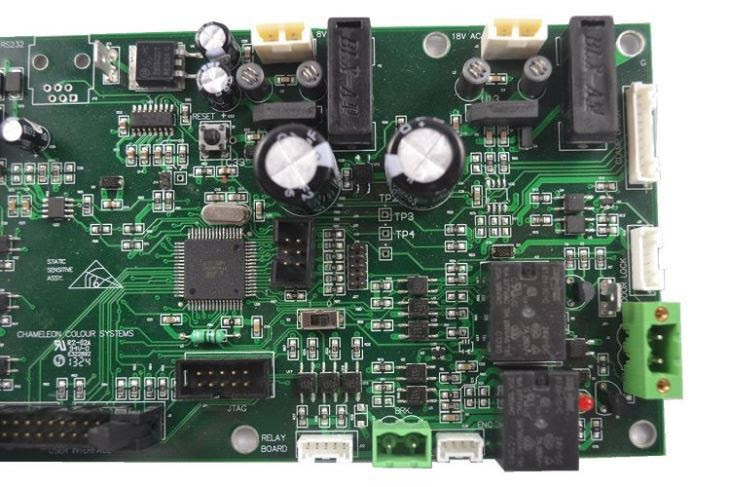Technology required for industrial PCB assembly

PCB assembly
Industrial PCB assembly is a complex process that requires the use of advanced technologies and specialized equipment. In this article, we will discuss the technology required for industrial PCB assembly, the importance of SMT and through-hole assembly, the need for lead-free assembly, and the differences between industrial and consumer electronics PCBs.
Technology Required for Industrial PCB Assembly

Industrial PCB assembly requires advanced technologies and specialized equipment to ensure the production of high-quality products. Some of the key technologies required for industrial PCB assembly include:
- Surface Mount Technology (SMT): This technology is used to mount electronic components directly onto the surface of the PCB. SMT assembly offers many advantages, such as increased component density, reduced component size, and improved performance.
- Through-Hole Assembly: This technology is used to mount components onto the PCB using through-hole connections. Through-hole assembly is still used in industrial PCB assembly for components that cannot be mounted using SMT PCB assembly.
- Automated Optical Inspection (AOI): This technology is used to inspect PCBs for defects after the assembly process. AOI systems use cameras and image processing software to identify defects such as missing components, misaligned components, and soldering issues.
- X-Ray Inspection: This technology is used to inspect PCBs for hidden defects such as cracked solder joints or misplaced components. X-ray inspection can identify issues that are not visible to the naked eye and ensure the quality of the final product.
Importance of SMT Assembly and Through-Hole Assembly in Industrial PCBs:
SMT assembly and through-hole assembly are both important technologies used in industrial PCB assembly. SMT assembly is preferred for its high component density and improved performance, while through-hole assembly is still used for components that cannot be mounted using SMT assembly. Both technologies play a crucial role in industrial PCB assembly and ensure the production of high-quality products.
Why Must Industrial PCB be Assembled without Lead:
Lead is a toxic substance that can cause serious health and environmental issues. Therefore, the use of lead in PCB assembly has been restricted in many countries. In industrial PCB assembly, the use of lead-free solder is required to ensure that the final product is safe and environmentally friendly.
Conclusion
Industrial PCBs and consumer electronics PCBs have some key differences. Industrial PCBs are designed for use in harsh environments and are required to meet strict industry standards. They are built to withstand high temperatures, vibration, and shock. In contrast, consumer electronics PCBs are designed for use in everyday devices such as smartphones and laptops and are not required to meet the same level of durability as industrial PCBs.
In conclusion, industrial PCB assembly requires the use of advanced technologies and specialized equipment to ensure the production of high-quality products. SMT assembly and through-hole assembly are both important technologies used in industrial PCB assembly, and the use of lead-free solder is required to ensure that the final product is safe and environmentally friendly. Industrial PCBs have some key differences compared to consumer electronics PCBs, including their durability and the strict industry standards they must meet.






